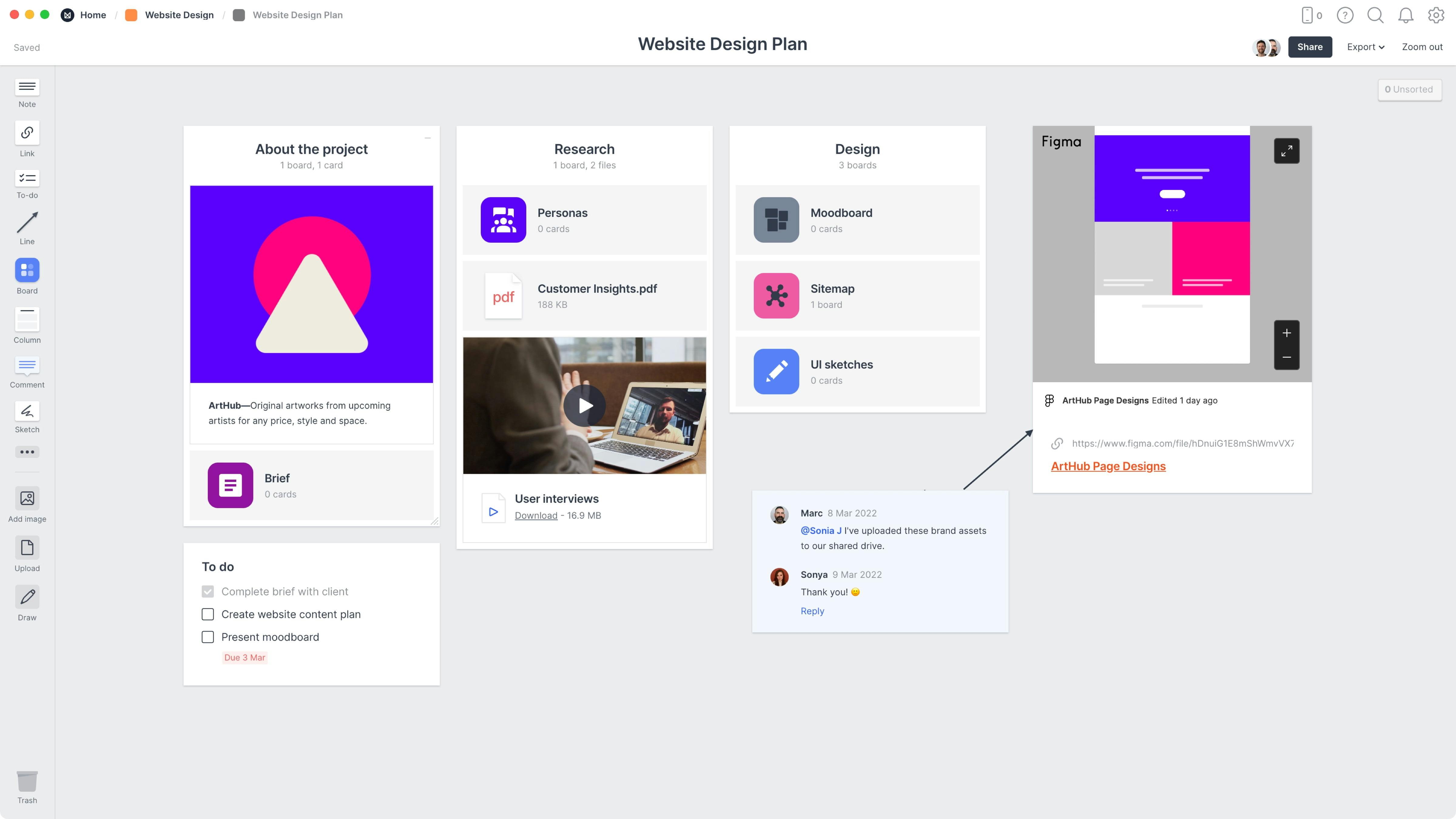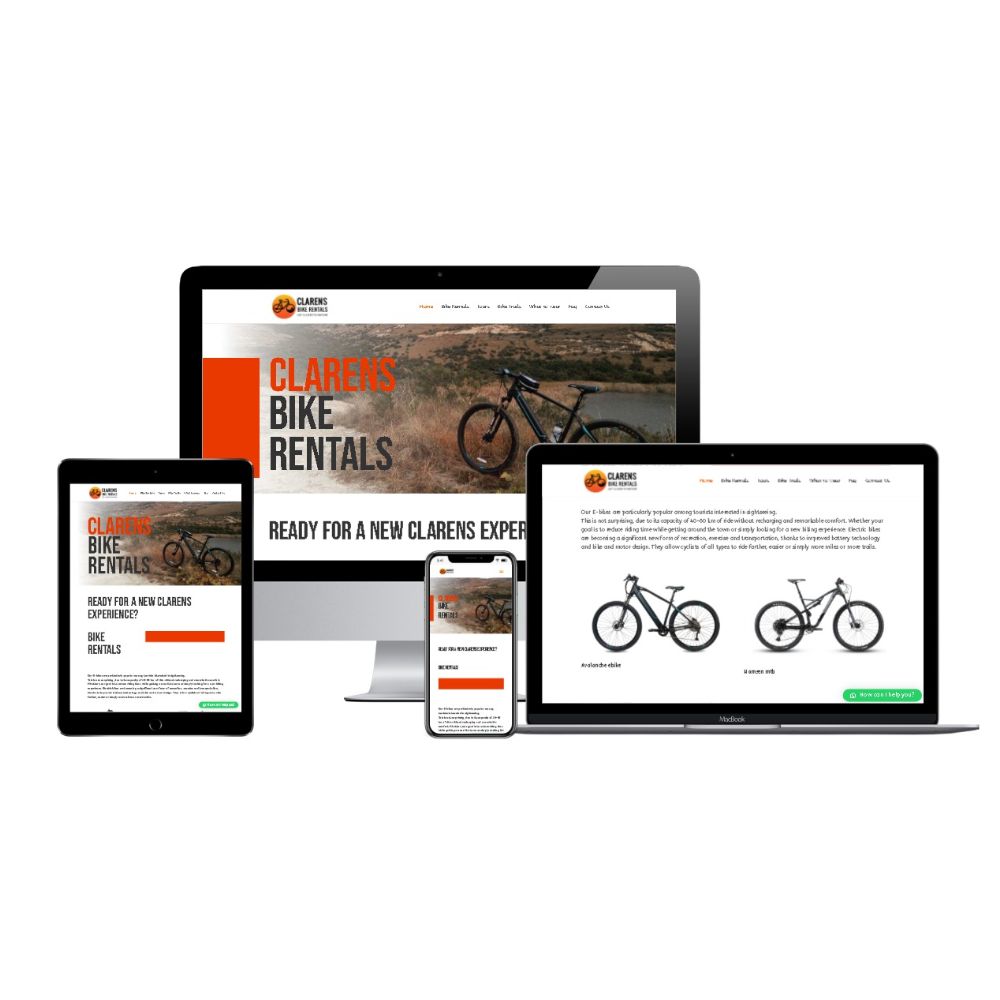Comprehending the Function of Typography in Website Design Excellence
Comprehending the Function of Typography in Website Design Excellence
Blog Article

Crafting a User-Friendly Experience: Crucial Aspects of Effective Site Style
Crucial components such as a clear navigation framework, responsive design concepts, and quick filling times serve as the structure for engaging customers efficiently. Comprehending the underlying factors that add to effective design can lose light on exactly how to boost user contentment and interaction.
Clear Navigating Structure
A clear navigation structure is essential to effective site style, as it directly affects customer experience and engagement. Individuals should be able to situate information easily, as instinctive navigating reduces frustration and encourages exploration. An efficient layout enables visitors to understand the partnership in between different pages and material, bring about longer website visits and enhanced interaction.
To attain clarity, designers should utilize acquainted patterns, such as leading or side navigating bars, dropdown food selections, and breadcrumb trails. These elements not only enhance functionality yet additionally provide a sense of positioning within the website. In addition, keeping a constant navigating framework throughout all web pages is vital; this familiarity helps users anticipate where to locate desired information.
It is likewise necessary to restrict the variety of food selection products to avoid overwhelming users. Focusing on the most important sections and using clear labeling will certainly assist site visitors efficiently. Additionally, incorporating search performance can additionally help users in locating certain content quickly (website design). In recap, a clear navigation structure is not merely a layout selection; it is a tactical component that dramatically affects the overall success of a website by cultivating a enjoyable and reliable individual experience.
Responsive Design Concepts
Reliable site navigating sets the phase for a smooth user experience, which ends up being a lot more essential in the context of receptive layout principles. Receptive design makes certain that internet sites adapt fluidly to various display sizes and alignments, boosting access across tools. This adaptability is achieved via flexible grid designs, scalable photos, and media questions that allow CSS to readjust designs based upon the tool's features.
Trick principles of receptive style consist of fluid layouts that utilize portions instead of repaired units, ensuring that components resize proportionately. Furthermore, employing breakpoints in CSS enables the style to change efficiently in between different gadget sizes, optimizing the layout for each and every display kind. Making use of responsive images is also important; pictures must instantly get used to fit the screen without losing high quality or triggering layout shifts.
Additionally, touch-friendly interfaces are crucial for mobile users, with properly sized switches and user-friendly gestures enhancing customer interaction. By incorporating these concepts, designers can produce sites that not only look cosmetically pleasing but also provide useful and interesting experiences across all devices. Inevitably, efficient responsive design cultivates individual complete satisfaction, decreases bounce rates, and motivates longer involvement with the web content.
Quick Loading Times
While customers progressively expect sites to load swiftly, fast loading times are not simply an issue of benefit; they are necessary for keeping site visitors and enhancing total user experience. Study suggests that customers normally abandon internet sites that take click this site longer than three secs to load. This abandonment can lead to boosted bounce rates and decreased conversions, inevitably harming a brand name's reputation and revenue.
Quick filling times enhance individual engagement and contentment, as visitors are more probable to check out a website that reacts swiftly to their communications. In addition, internet search engine like Google focus on speed in their ranking algorithms, indicating that a slow internet site might struggle to accomplish presence in search results page.

User-friendly Interface
Quick packing times lay the groundwork for an interesting online experience, yet they are just part of the formula. An instinctive customer interface (UI) check is important to pop over here make sure site visitors can navigate a website easily. A well-designed UI allows users to achieve their objectives with marginal cognitive load, cultivating a smooth interaction with the website.
Crucial element of an user-friendly UI include regular design, clear navigating, and recognizable symbols. Consistency in design elements-- such as shade schemes, typography, and switch designs-- helps users comprehend how to connect with the internet site. Clear navigating structures, consisting of rational menus and breadcrumb trails, allow users to locate information quickly, reducing stress and improving retention.
In addition, comments mechanisms, such as hover results and loading signs, inform customers regarding their actions and the web site's action. This openness grows trust and motivates ongoing engagement. Focusing on mobile responsiveness ensures that individuals appreciate a cohesive experience throughout devices, catering to the diverse methods target markets gain access to web content.
Available Content Standards

First, utilize simple and clear language, staying clear of lingo that might puzzle visitors. Stress correct heading frameworks, which not just aid in navigation but also assist display viewers in translating material power structures successfully. Furthermore, offer alternative text for images to share their significance to users who rely upon assistive modern technologies.
Comparison is another essential component; make certain that text attracts attention against the history to enhance readability. Make certain that video and audio web content consists of inscriptions and records, making multimedia obtainable to those with hearing impairments.
Lastly, include keyboard navigability right into your style, allowing individuals that can not make use of a mouse to accessibility all site functions (website design). By adhering to these obtainable material standards, internet designers can develop inclusive experiences that deal with the needs of all individuals, inevitably improving customer engagement and contentment
Conclusion
To conclude, the combination of crucial elements such as a clear navigating framework, responsive design principles, quickly loading times, an user-friendly individual interface, and obtainable web content guidelines is crucial for producing a straightforward internet site experience. These components collectively enhance usability and interaction, guaranteeing that individuals can easily browse and engage with the website. Focusing on these style aspects not only improves overall complete satisfaction however also fosters inclusivity, accommodating diverse user needs and choices in the electronic landscape.
A clear navigating framework is essential to effective website layout, as it straight affects individual experience and engagement. In summary, a clear navigating framework is not simply a design selection; it is a critical aspect that dramatically influences the general success of a site by fostering a reliable and enjoyable individual experience.
Moreover, touch-friendly interfaces are vital for mobile individuals, with sufficiently sized buttons and user-friendly gestures improving user communication.While individuals increasingly anticipate web sites to load rapidly, fast filling times are not just an issue of benefit; they are important for keeping site visitors and improving total user experience. website design.In conclusion, the assimilation of necessary elements such as a clear navigating structure, receptive design concepts, quickly packing times, an instinctive customer interface, and available web content guidelines is crucial for creating a straightforward site experience
Report this page